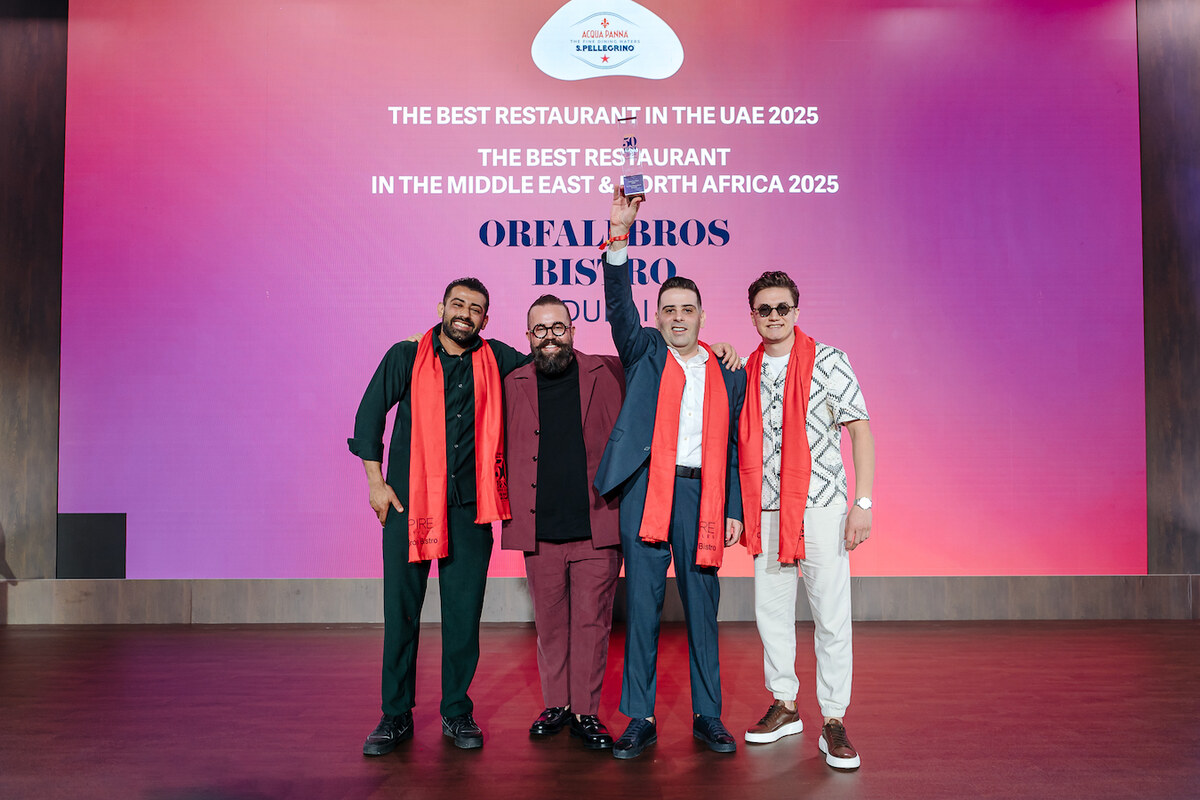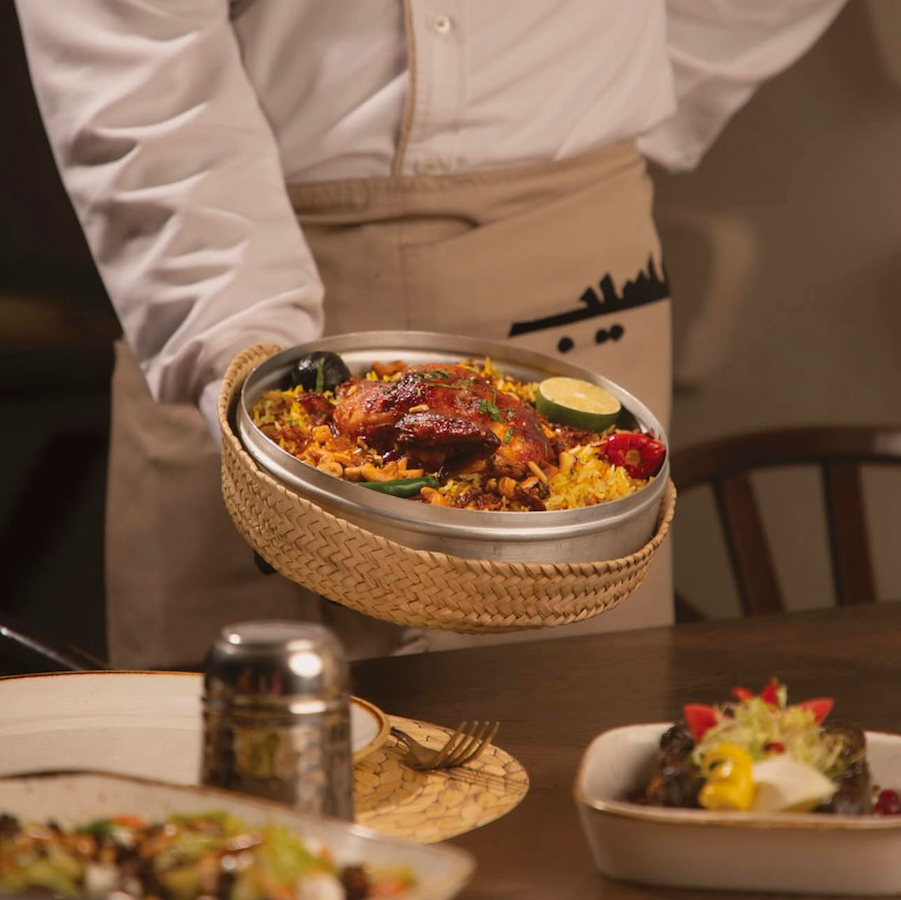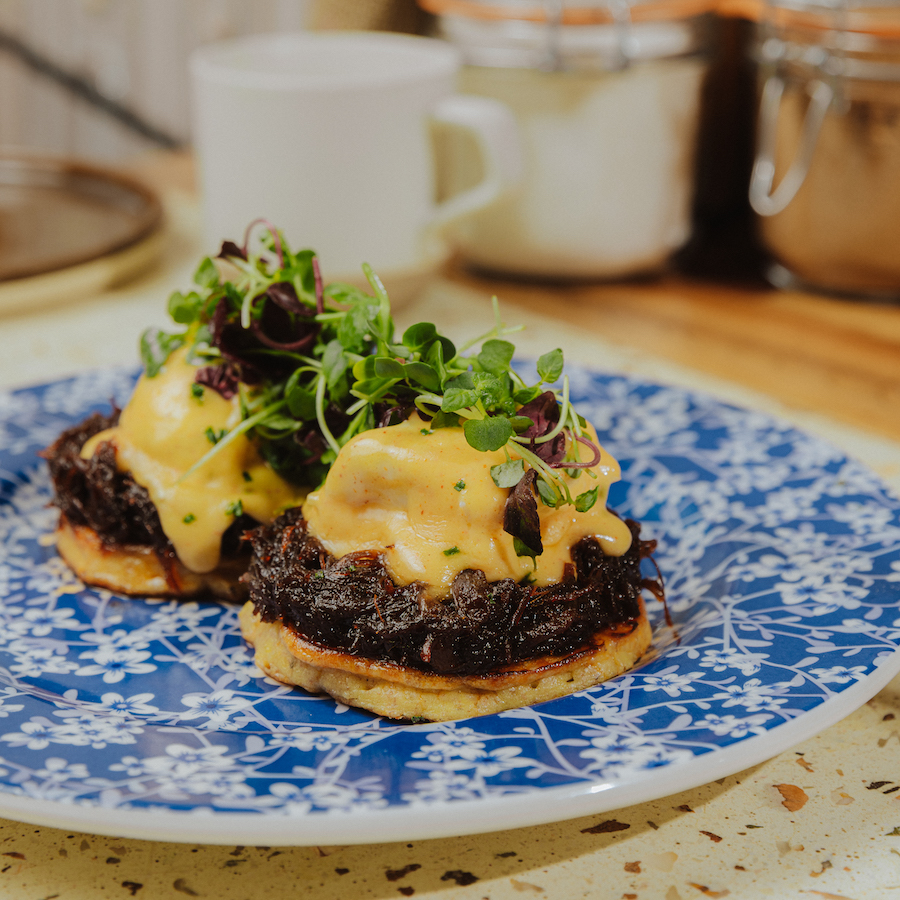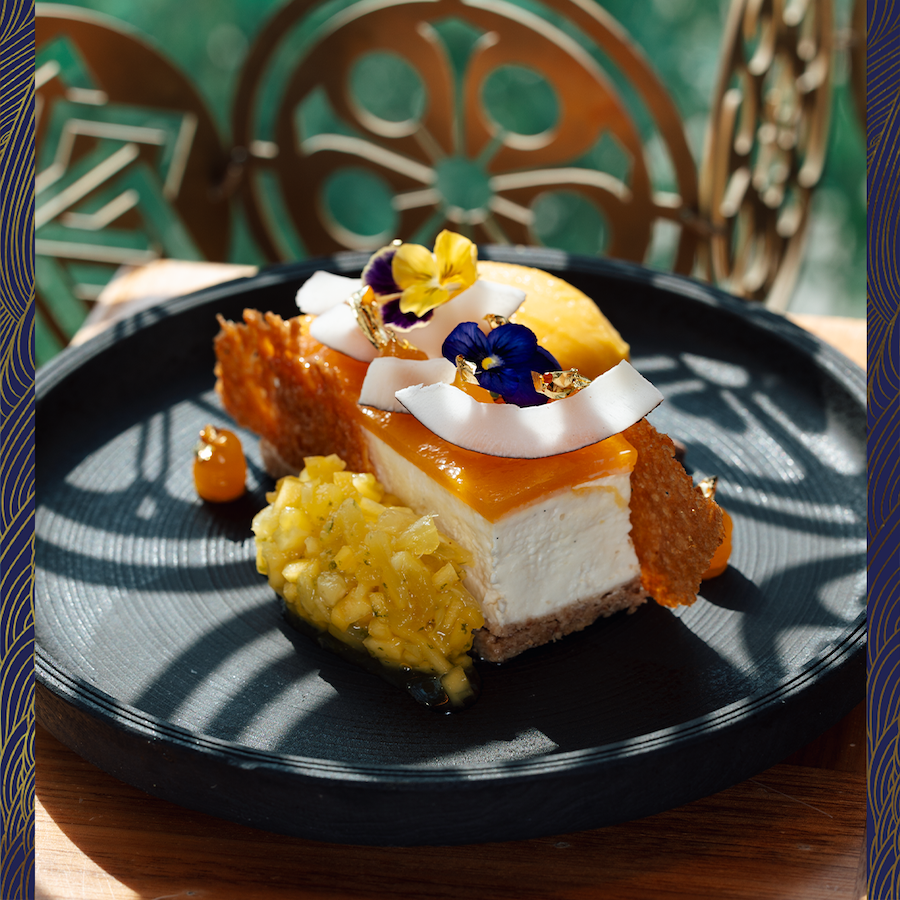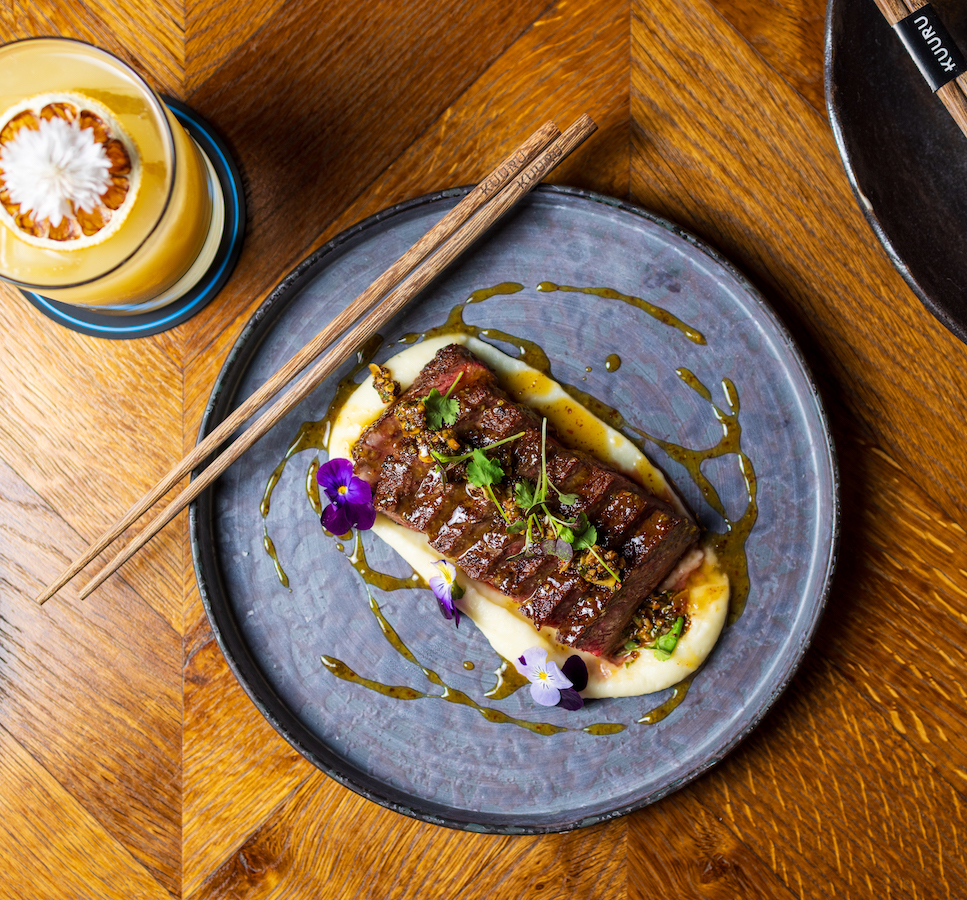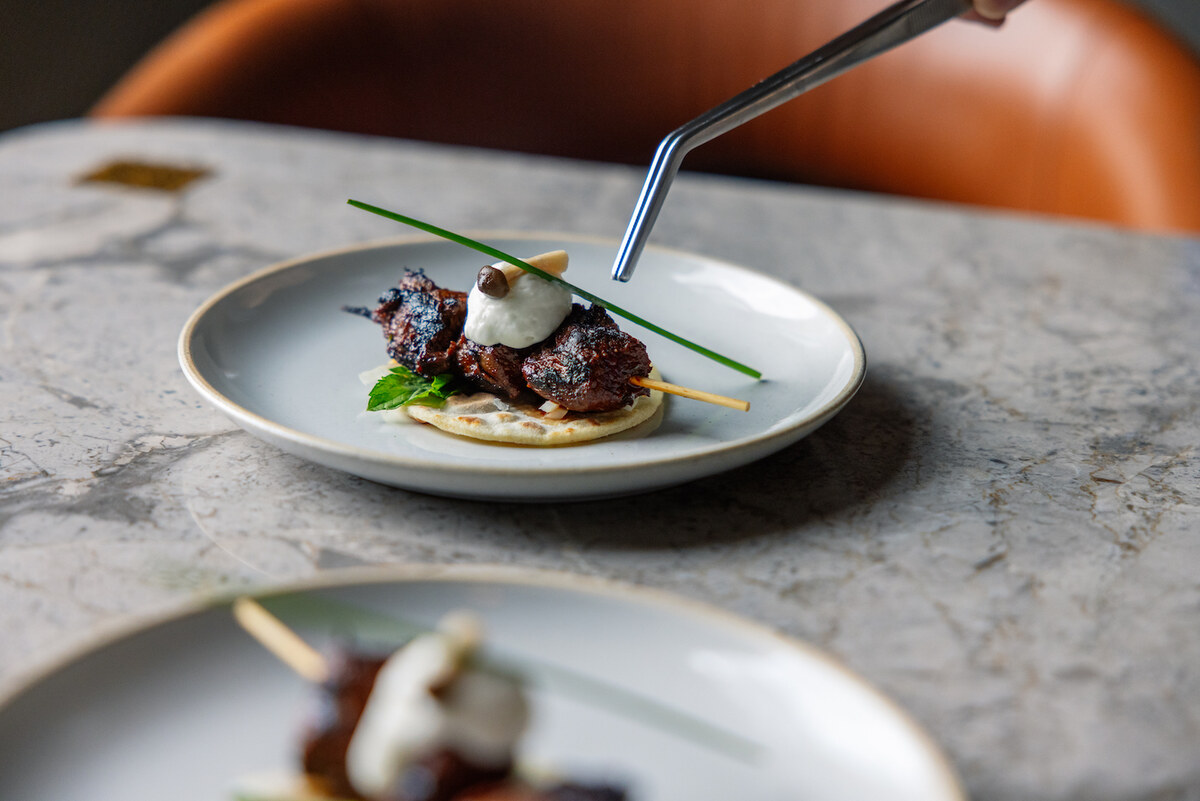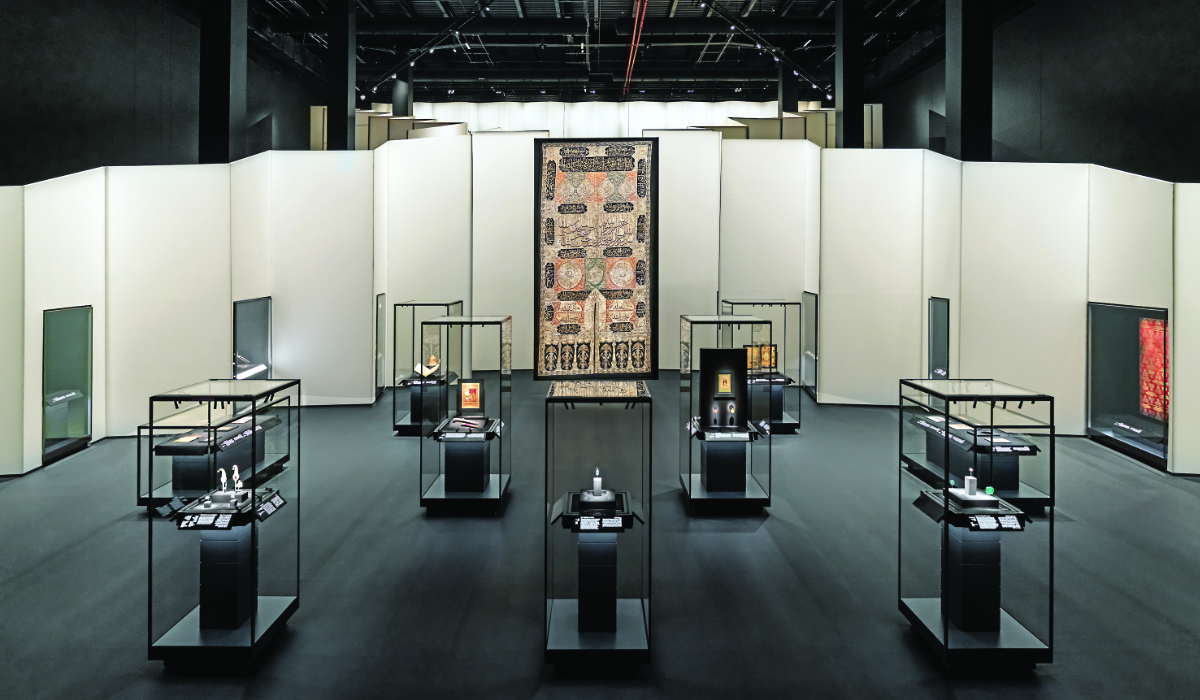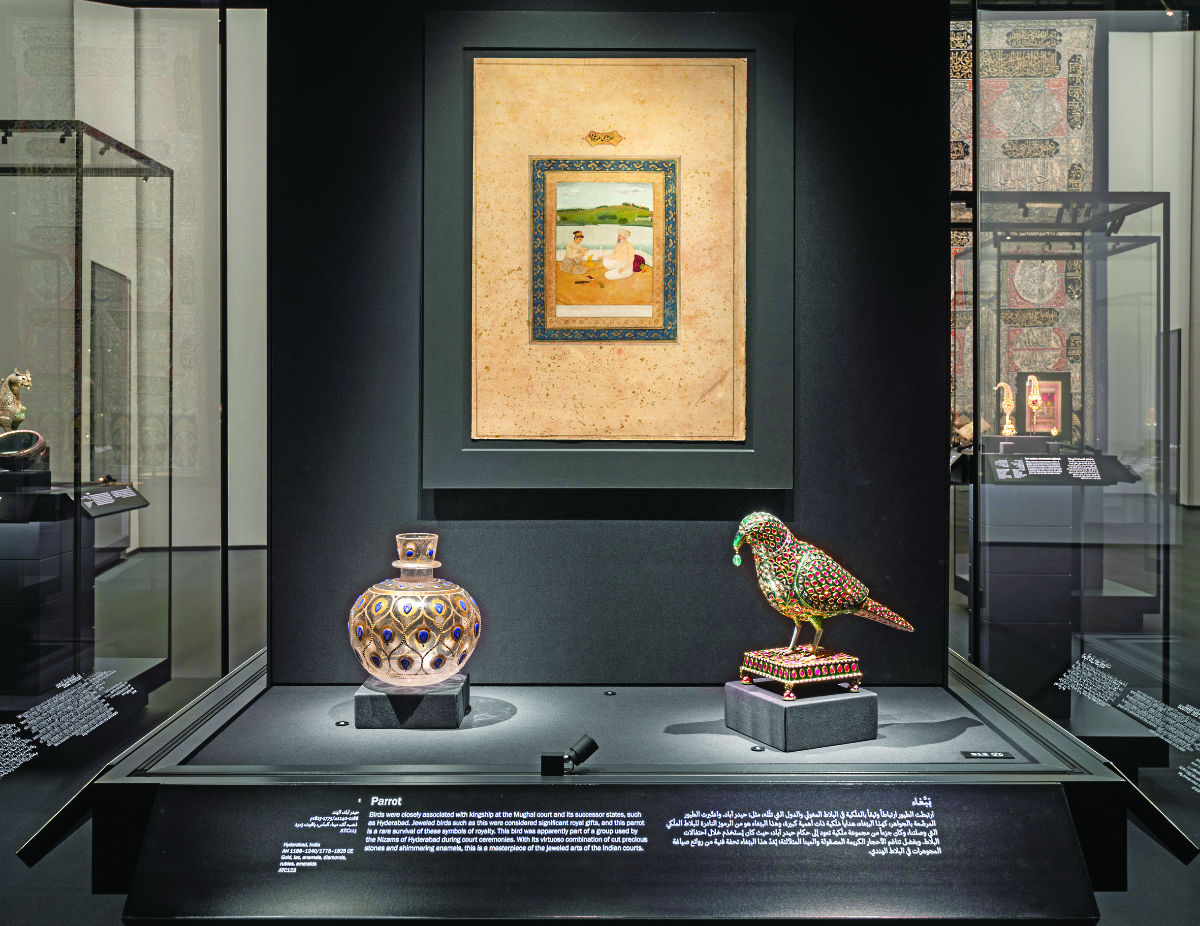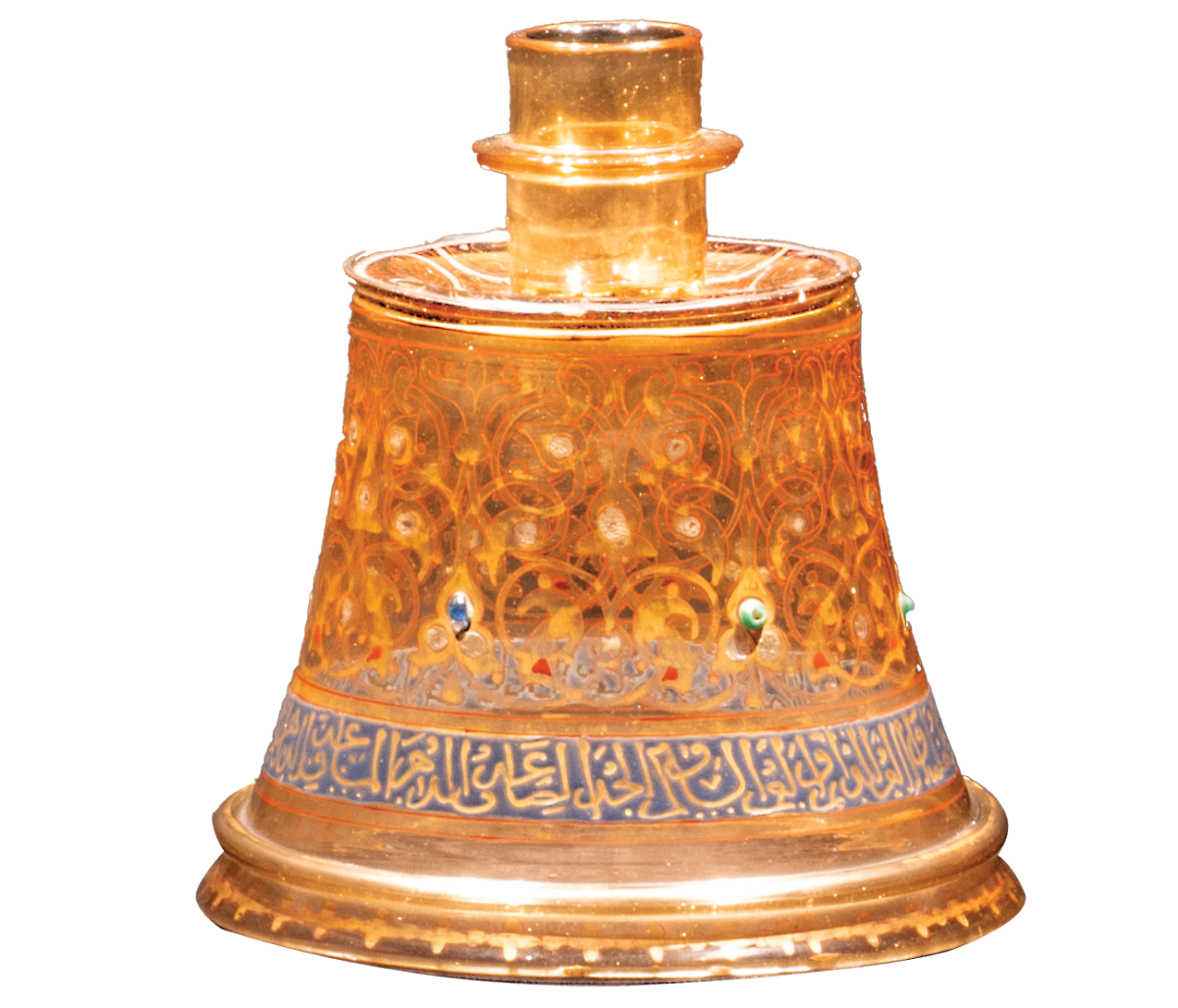Hail’s museums offer visitors a journey through time, bringing to life the ancient stories of the region’s ancestors.
A number of museums in the city highlight historical ways of life, traditional craftsmanship and an array of archaeological artifacts.
“Museums play a vital role in preserving heritage, protecting it from extinction, and connecting generations to their civilizational and cultural legacy,” Samia Suleiman Al-Jabri, associate professor of modern history at Hail University, told the Saudi Press Agency.
“They provide an information-rich environment that enhances historical and scientific knowledge for both international visitors and tourists, including students, researchers and cultural enthusiasts.
“Moreover, museums are key tourist destinations that promote cultural tourism, offering visitors access to diverse collections of rare heritage artifacts, which in turn significantly boosts the local economy.”
Al-Jabri said that Saudi Arabia’s leadership was committed to enhancing the role of museums nationally, which strengthened national identity by showcasing the Kingdom’s cultural heritage.
The Authenticity Museum is one of the most prominent cultural, heritage and tourist landmarks in Hail.
It features a diverse collection of artifacts and tools that provide insight into the past.
The museum also highlights traditional furniture, from historical majlis (sitting rooms), heritage seating, and intricately hand-crafted cabinets once used in traditional homes.
Ali Bakhrisa, owner of the “Asalah” Museum, said: “Among the most notable items on display are ancient heritage tools, including pottery, cooking implements and hunting gear.
“The museum also showcases a collection of traditional clothing worn by the region’s tribes, featuring men’s garments such as the sadiriyya, dagla, kut and bisht, alongside women’s attire, which is hand-embroidered and woven, including the dagla, sabah, burqas and dara’a once worn by Hail’s women.
“In addition, the museum proudly exhibits a selection of classic cars from various manufacturers.”
The museum, which Bakhrisa said took 20 years to curate through extensive research trips across the Kingdom and beyond, boasts a rich collection of traditional weapons, including swords, daggers and antique rifles.
It also features an exquisite array of traditional jewelry and ornaments, historically worn by women on social occasions and renowned for their authentic heritage designs.
The museum also highlights traditional architecture once common in the region, showcasing distinctive architectural styles and locally sourced building materials.
One of the most renowned museums in Hail is the Found Influence from the Past Museum, housed in a clay structure more than a century old.
Its owner, Khaled Al-Matroud, has carefully transformed this historic home into a museum that showcases a remarkable collection of more than 2,000 artifacts, elegantly arranged across its wings and corridors.
A standout feature is the heritage majlis, known for its soaring ceilings — reaching up to eight meters — and its impressive 15-meter width, reflecting the region’s architectural style.
This majlis was ingeniously designed to adapt to seasonal needs, with distinct shapes for summer and winter.
The museum also preserves the charm of a traditional Hail house, featuring numerous rooms and an open courtyard that facilitates natural ventilation, further enhanced by the lush greenery of palm, orange and lemon trees at its entrance.
Fadi Al-Abdullah, a passionate admirer of historical artifacts, praised these museums for preserving and documenting the intricate details of a past era.
Antar Al-Kilani, an Egyptian resident, views these museums as a gateway to discovering the cultural and historical heritage of the region.



















